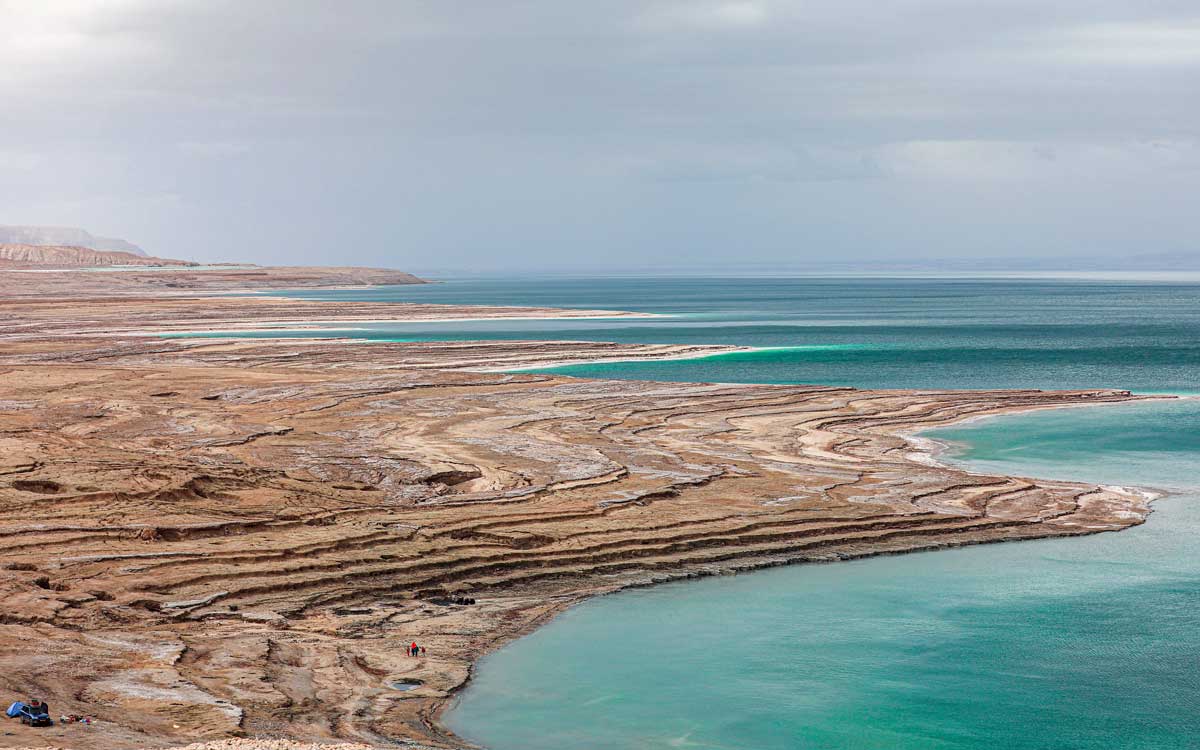
The Middle East stretches across North Africa’s Arab-influenced countries, through the Arabian Gulf.
This region is defined by some of the greatest deserts in the world, snowy mountains, tropical forests, and globally popular rivers, and awe-inspiring water bodies such as the Dead Sea. There is something for every traveler.
Natural Wonders in the Middle East
Here are 5 Middle East natural wonders that you should add to your travel bucket list:
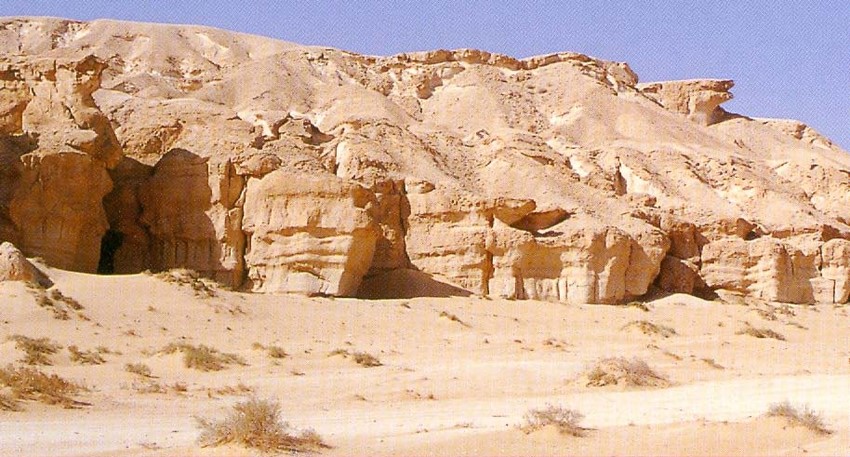
The Jabal Al Qarah Caves, Al Hofuf, Saudi Arabia
This intricate cave system is located in the Eastern Province of Saudi Arabia. The caves formed around the hill of Jabal Al Qarah which formed as a result of erosional enlargement of a chain of extremely narrow, deep, and joint-controlled fissures in the Hofuf Formation.
The hill is part of the Shedgum Plateau. The plateau extends to the south from the larger Syrian Plateau, and to the north from As Summan Plateau.
Cave morphology experts explain that The Jabal Al Qarah Caves have peculiar characteristics that distinguish them from other limestone caves in the region. Some of these characteristics include extra linear cave passages, tall walls, and extra narrow canyons.
Without going into the finer details, these peculiar features make the caves a must-visit for anyone touring the As Summan Plateau. Note that you will need a Saudi Arabia eVisa to visit this region.

The Dead Sea, Jordan
The mystical waters of the Dead Sea will leave you with more questions than answers. Even geography experts and scientists are unsure of what to think about this sea, which is actually not even a sea per se.
The Dead Sea, also known as the Salt Sea, is more of a saltwater lake than it is a sea. It draws its water from the Jordan River, but it has no outlet. That means the sea (lake) is not connected to the ocean.
The landlocked nature of the Dead Sea means that water can only escape through evaporation. And because salt and other solid particles cannot evaporate, they have no way of escaping from the lake. The excessive impurities make the lake so dense that objects as heavy as adult human beings can float on the surface.
The salt content here is excessive that no plants or animals can survive. However, it was recently confirmed that there is microbial life (bacteria and fungi) at the seabed.
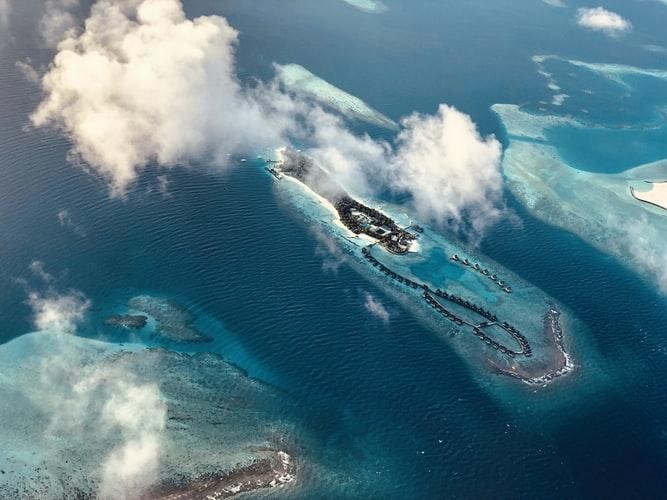
Bu Tinah Island, Abu Dhabi, United Arab Emirates
This tiny archipelago off the coast of Abu Dhabi is part of the Marawah Marine Biosphere Reserve. It ranks among the biggest wonders of the world, besides the original 7 wonders. It is the largest protected area in the UAE, stretching for over 4,000 square kilometers. Only a few visitors are allowed here in a day, and they have to be supervised.
Bu Tinah is home to a balanced blend of sea and land species. Rare birds such as the osprey nest here and, occasionally, the archipelago is visited by migratory birds such as the Socotra cormorant. The island has perfect coral reefs for many marine creatures. You will find the shy and extremely peaceful dugongs here.
The International Union for Conservation of Nature ranks these large marine mammals as a species vulnerable to extinction. The archipelago is also home to the hawksbill turtle, among other near-extinct species.
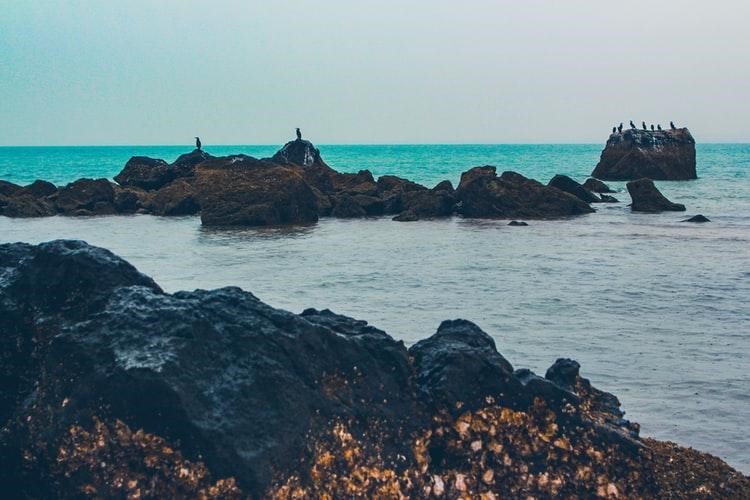
Strait of Hormuz, between Oman and Iran
This is the only sea passage from Persian or the Arabian Sea to the open ocean. The Strait of Hormuz has been a bone of conflict between the Arabian and Persian regions for decades now.
A politics and border dispute aside, the passage is one of the most aesthetically beautiful natural wonders in Oman (or Persia if you support Iran in the border dispute). The deep dark water and white rocky shores that make the Strait are too beautiful to be political about.
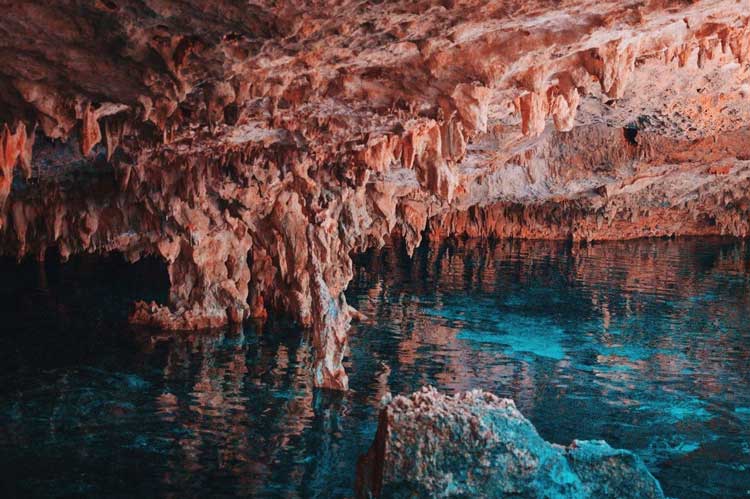
Ever-Growing Jeita Grotto, Lebanon
This cave system is located to the north of Beirut. It is known for natural stone curtains and columns, permitting water levels, and a cathedral-like atmosphere. From a distance, you will see striking limestone formations that are unique from any other geological formations you have seen because they are still growing.
The Middle East region has endless incredible natural wonders worth wandering. Most of them could not be included in this list otherwise the list would never end. Just book your tickets and enjoy the fairy-tale land known as the Middle East.
- Top 10 Things to Do in Ireland - April 25, 2024
- How to Get Around in Sydney: A Local’s Guide to Traveling Around Sydney - April 24, 2024
- The Low-Key Magic of Ghent, Belgium - April 22, 2024
